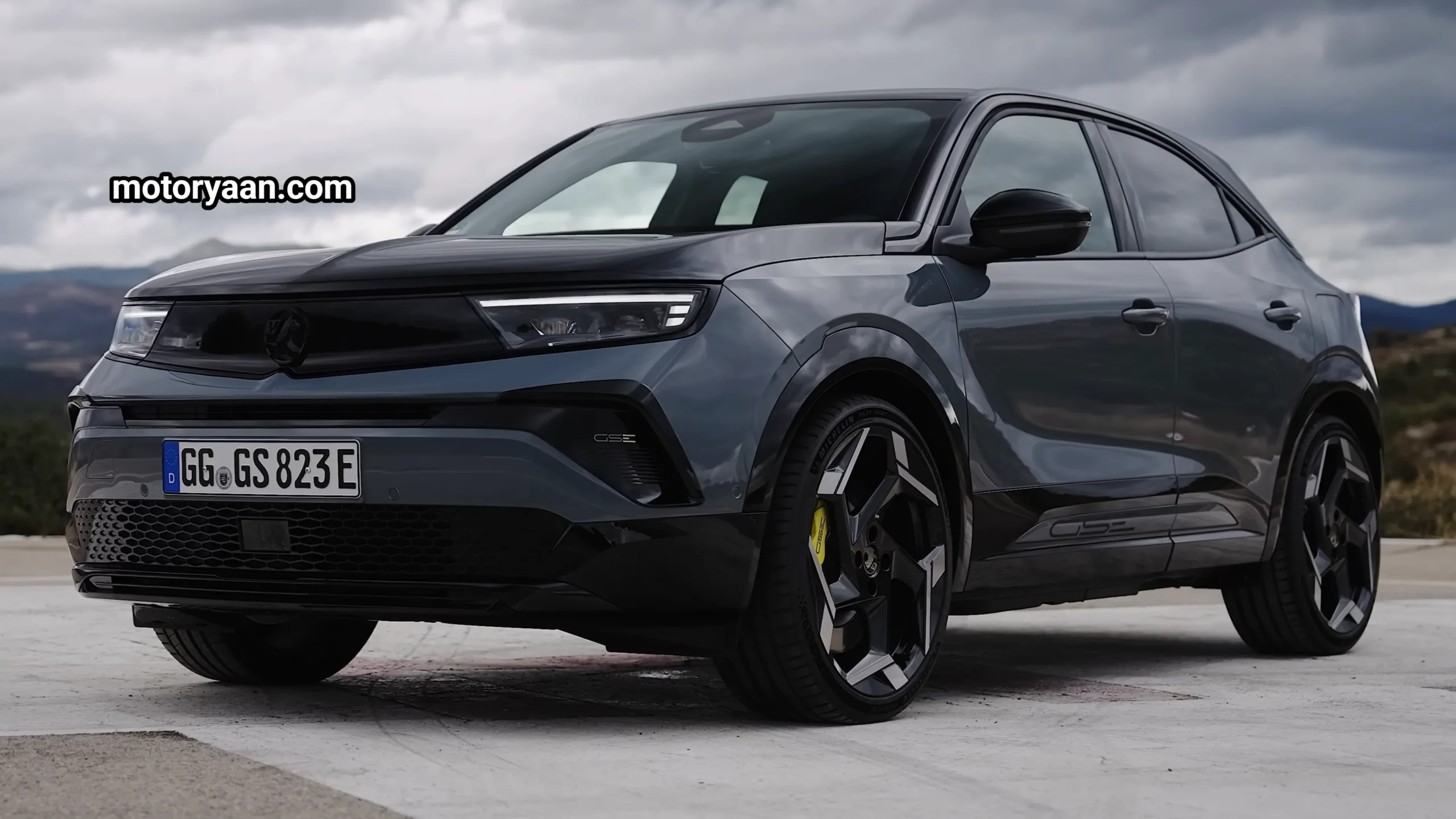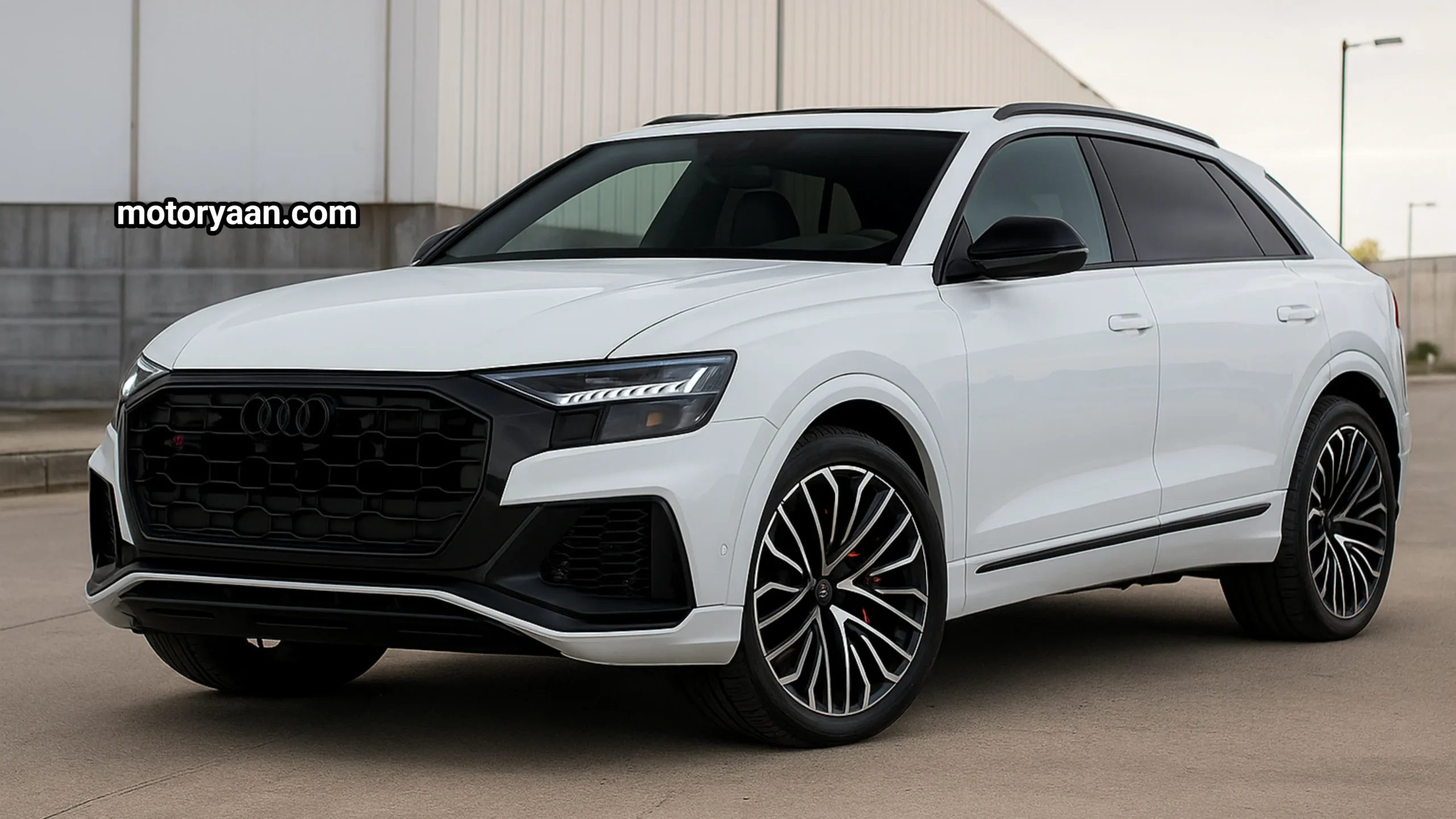Kia Sorento Hybrid Complete Technical Review
The Kia Sorento Hybrid has been getting a lot of attention recently, not just for its fuel economy but also for the way its hybrid system works. In this detailed review, we take a proper look under the hood, underneath the car, and around the exterior and interior to understand what Kia has actually done here. Some things are genuinely impressive, while some definitely feel like afterthoughts.
Engine and Mechanical Construction
The Sorento is available with three powertrain options:
A non hybrid
A standard hybrid
A plug in hybrid
This review focuses on the regular hybrid, powered by a 1.6 litre turbocharged four cylinder direct injection engine.
Engine Highlights
Plastic valve cover
Two piece cylinder head
Roller rockers and hydraulic lifters
Dual overhead cam
CVVT variable valve timing
CVVD variable valve lift on the intake
Direct injection only with a high pressure fuel pump
Aluminum block with integrated main caps
Two timing chains (cams to crank, and crank to oil pump)
Although the technology is modern, the engine remains mechanically simple. The CVVT system is oil controlled with two actuators in the front. The turbocharger sits at the back, is both oil and coolant cooled, uses an electronic wastegate, and works with an air to air intercooler placed slightly on the driver side.
Cooling System Details
Mechanical water pump (belt driven)
Coolant management valve for efficient warm up
Separate cooling setup for the inverter with an electric water pump and separate radiator
Concerns
Kia positioned the EGR valve and cooler at the back under the turbo. This area gets extremely hot and is very difficult to service. The engine also does not have a dual injection system with port injectors, which could have helped with long term carbon buildup.
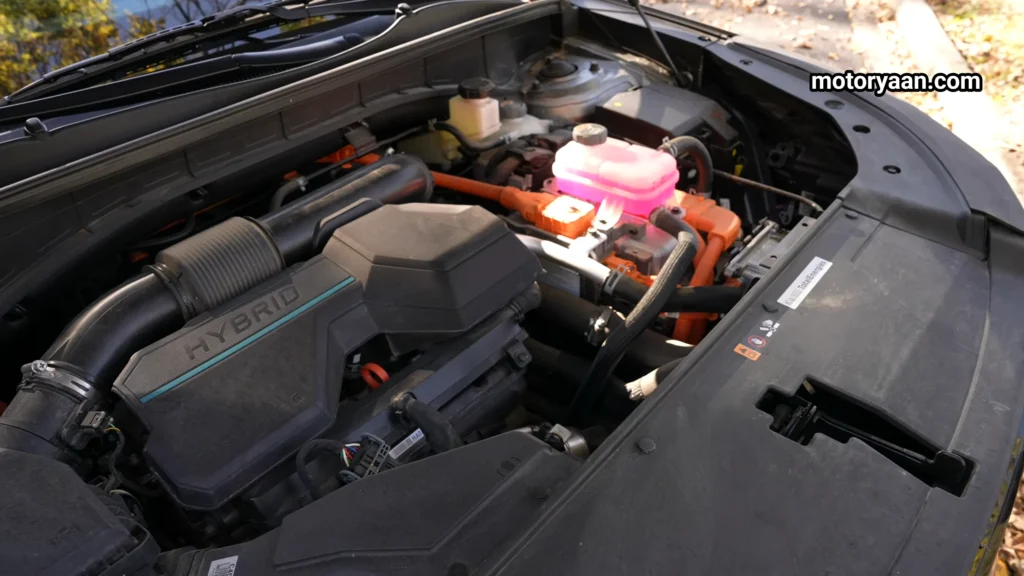
Hybrid System Explained
Kia uses a two motor hybrid system, making the Sorento quite different from Toyota style eCVT hybrids.
Motor Layout
Main Motor
Sits between the engine and the six speed automatic transmission
Drives the car in EV mode
Acts as a generator when driven by the engine
HSG Hybrid Starter Generator
Replaces the alternator
Starts the engine using a heavy duty drive belt
Charges the hybrid battery when required
How It Operates
EV mode: engine clutch disengages, main motor drives the transmission
Hybrid drive: HSG starts the engine, clutch engages, engine powers the wheels and charges the battery
Regeneration: clutch disengages, engine off, main motor captures braking energy
While not as efficient as a Toyota hybrid, the Sorento still delivers impressive fuel economy for a big SUV. The six speed automatic transmission ensures the drive feels smooth and avoids the droning effect common in eCVT systems.
Hybrid Battery
Lithium ion
Air cooled
Located outside the vehicle
Cooling intake placed under a seat
This location is questionable. In hot climates like Arizona or extremely cold environments, the battery casing will absorb extreme temperatures. The under seat cooling vent can also get easily blocked by regular family use.
Under the Hood: Build Quality Observations
Several things under the hood feel well engineered, but others feel like compromises made due to the additional hybrid components.
Examples of Good Choices
Heavy duty air pipe
Proper metal coolant pipe sections
Accessible oil filter opening under the engine cover
Bolt on wheel bearings
Examples of Not so Great Choices
Air filter box pushed to the opposite side due to lack of space
Coolant bottle relocated awkwardly near the brake fluid
Cheap looking plastic bypass hoses
Heavy duty pipe used for air but lighter pipe used for coolant
Despite these odd decisions, the final result is still a smooth, refined powertrain with excellent fuel economy.
Underbody and Suspension Review
The entire front area is covered with protective panels and offers easy access to the oil filter and drain plug.
Front Suspension
Aluminum knuckle
Steel lower control arm
Separate ball joint
McPherson strut
Steel sway bar link
Single piston caliper
Exhaust System
The exhaust system feels generic and not very high quality. The front flex pipe area looks weak and the AC drain tube comes with a tiny cap that is likely to clog in the long run.
Hybrid Components Underneath
The hybrid battery sits outside the car near the exhaust system and catalytic converter. Even though it is protected, the heat from the environment and exhaust may create long term concerns.
Rear Suspension
Aluminum knuckle
Multiple steel arms
Separate spring and shock
Steel sway bar link
Single piston rear caliper with integrated parking brake
Spare Wheel and Trailer Hitch
The Sorento does offer a spare wheel which is always good. However, the trailer hitch is one of the biggest afterthoughts in this car. It hangs low, sticks out awkwardly, and looks like an aftermarket unit.
Exterior Design Review
The Kia Sorento tries very hard to look like a smaller Telluride while also trying to look cool and modern. This can be a problem because such designs age quickly.
Front
Sharp, layered headlight design
Vertical LED elements
Wraparound DRLs
Overstyled hood with extra creases
Radar sensor mounted low
Side Profile
This is where the Sorento looks best:
Clean, classic SUV styling
Large doors with near 90 degree rear door opening
Good window size, although the rear quarter window gets a strange design insert
Rear
Tail lights resemble a well known German SUV
Hybrid badging
Tailgate button located in an unusual spot
Trailer hitch looks bulky and completely out of place
The tailgate uses a single motor system. Kia added two separate close buttons, one low and one high, which makes placement confusing.
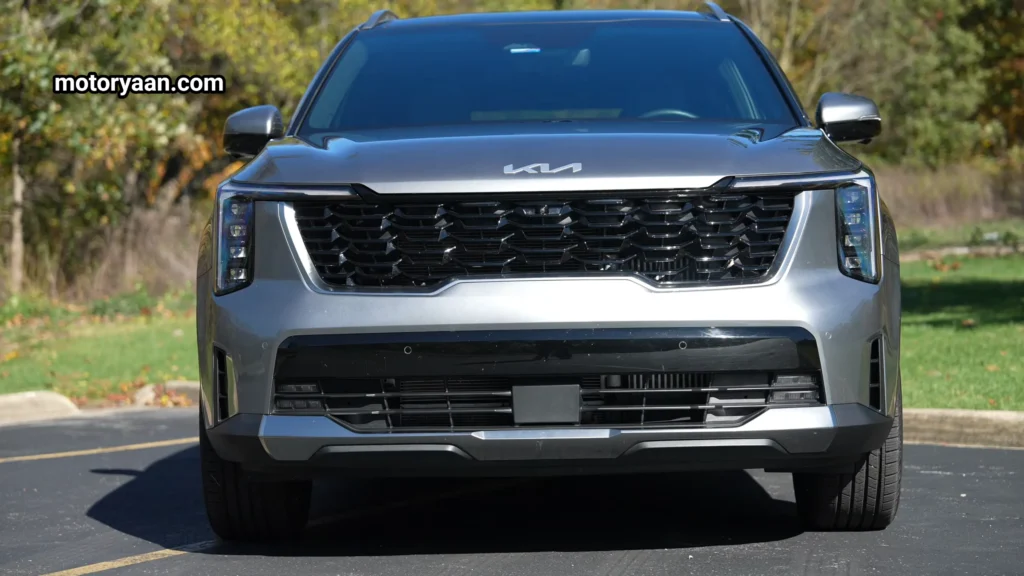
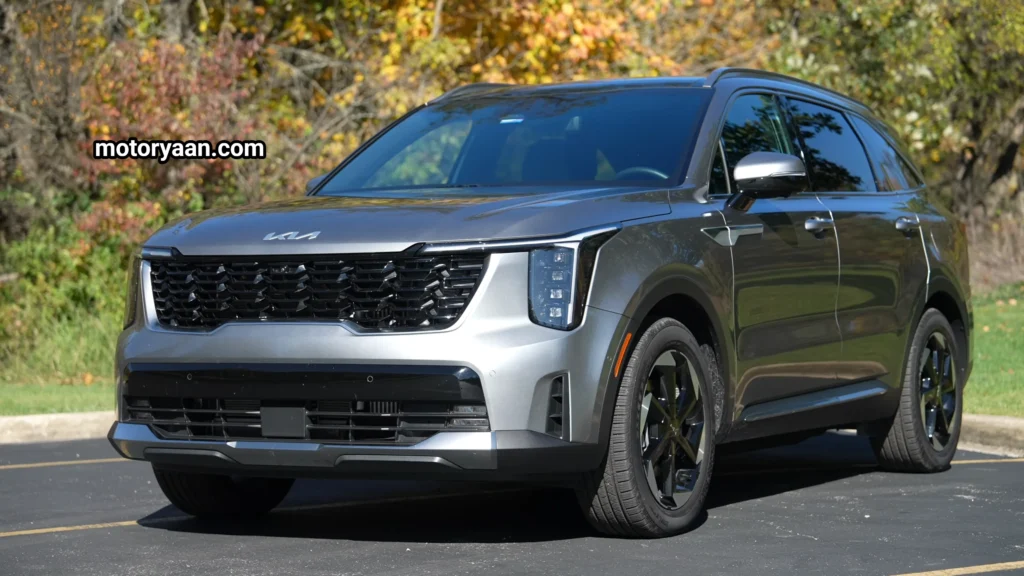

Interior Review
Despite the exterior styling debates, the interior of the Sorento Hybrid is extremely well done.
Interior Highlights
Simple yet premium look
Excellent visibility
Comfortable driving position
Connected dual screen cluster with clean aesthetics
Smart HVAC and media control panel that switches modes with a single button
Rotary gear shifter with park button in the middle
Physical buttons for heated seats, cooled seats, auto hold, and drive modes
Three Row Practicality
The Sorento is a three row SUV but the last row is small. Cargo storage design is clever but not perfect.
Useful Features
Second row seat drop controls in the boot
Removable cargo cover that can be stored inside the car
12 volt battery placed in the rear under the cargo floor
Issues
Cargo cover clashes with the underfloor storage
Multiple buttons for tailgate operations create confusion
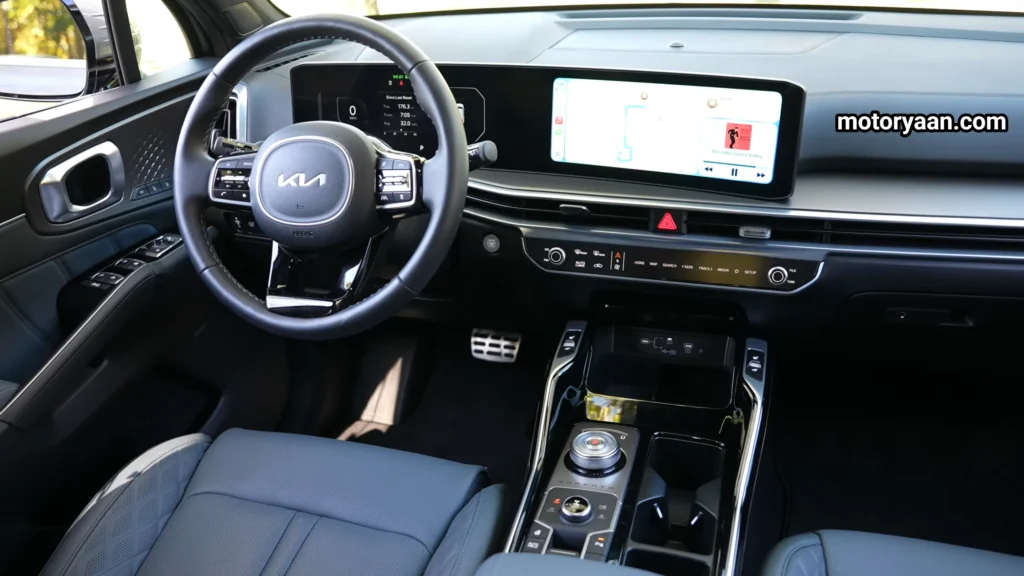

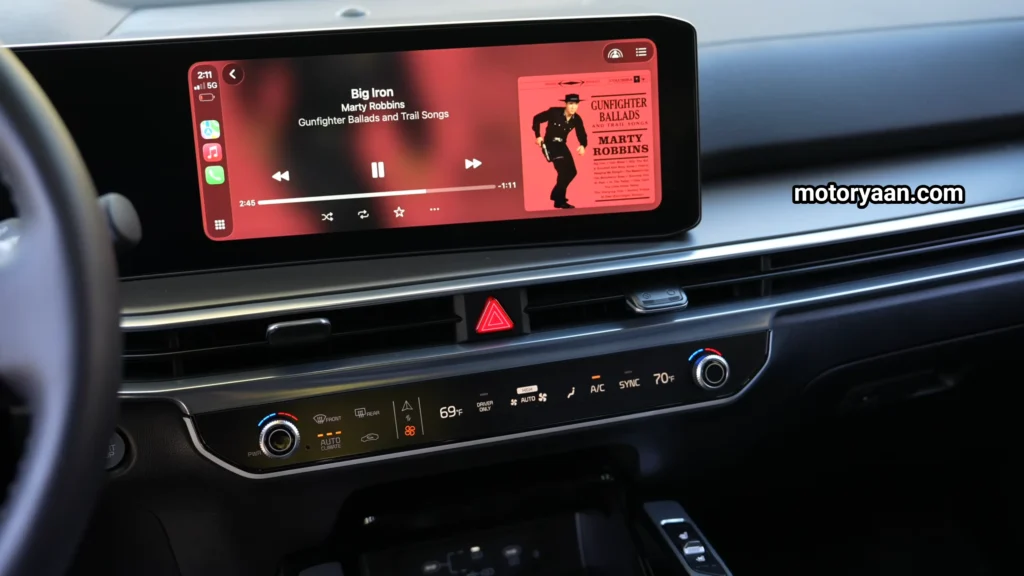
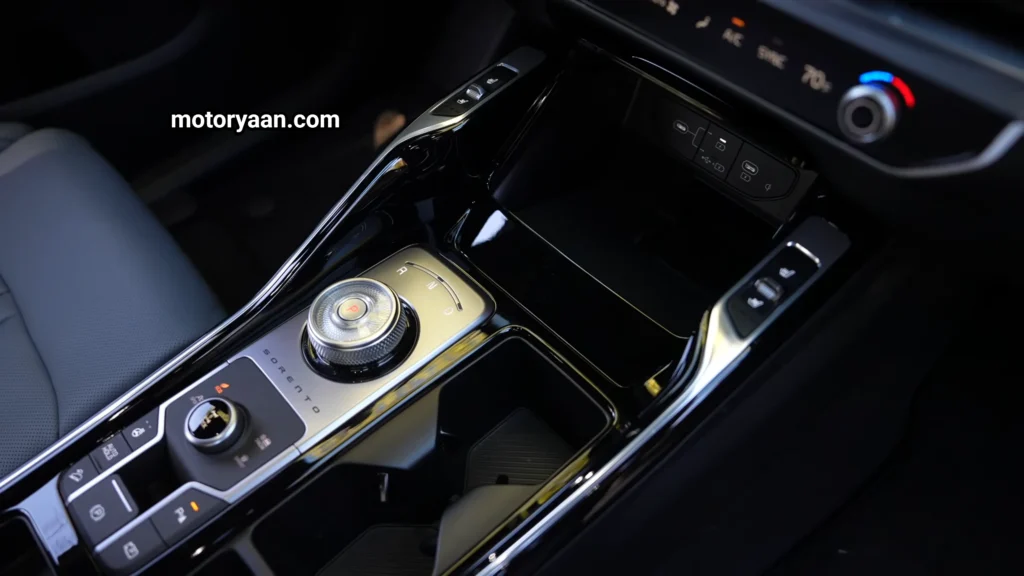
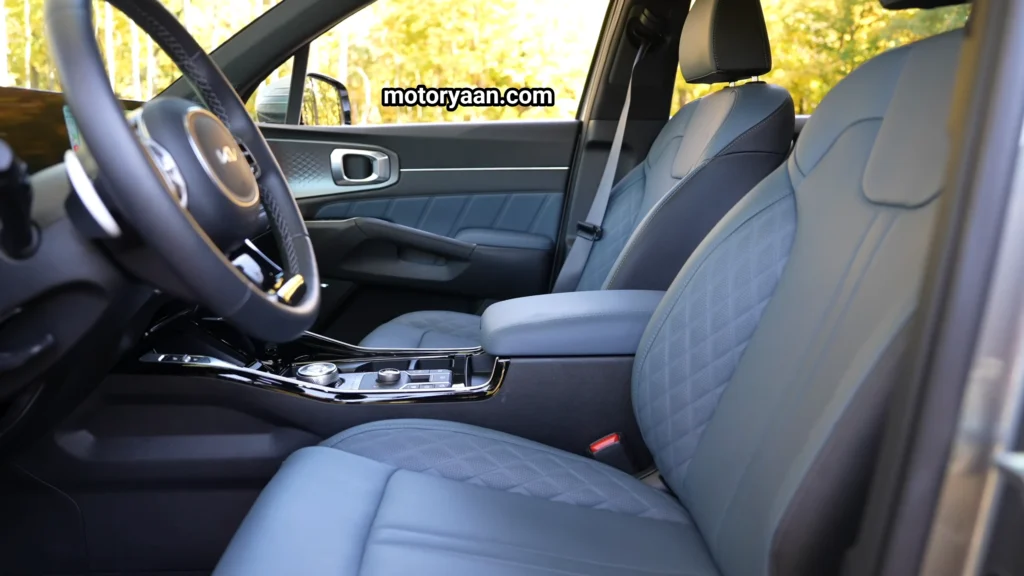
Final Thoughts
The Kia Sorento Hybrid is a mixed bag. The hybrid system is smooth, refined, and delivers excellent mileage even though the layout is not the most efficient design. There are several afterthoughts, especially regarding the hybrid integration, battery placement, and the trailer hitch. However, the driving experience, interior quality, comfort, and fuel economy make this SUV a strong choice for families.
Kia could have made better decisions in certain areas, but the final product still works well and feels polished on the road.
Kia Sorento Hybrid FAQ
What engine does the Kia Sorento Hybrid use?
It uses a 1.6 liter turbocharged four cylinder engine with direct injection. It has a plastic valve cover, dual overhead cams, roller rockers, hydraulic lifters, CVVT for valve timing, and CVVD for valve lift. The engine runs a timing chain system with two chains and uses an aluminum block with integrated main caps.
How does the hybrid system work in the Kia Sorento?
The hybrid setup uses two electric motors. One sits between the engine and the six speed automatic transmission and can drive the vehicle or generate power. The second motor acts as a hybrid starter generator. The system can drive in EV mode for short intervals with the engine separated by a clutch. Regenerative braking charges the hybrid battery when the engine is off and the clutch is disengaged.
Is the Kia Sorento Hybrid smooth to drive?
Yes, the transitions between electric and engine power are smooth. The six speed automatic transmission avoids the drone that is usually associated with eCVT systems. Even the small 1.6 liter engine feels linear and refined for a midsize SUV.
Where is the hybrid battery located?
The lithium ion hybrid battery is located outside the cabin underneath the vehicle. It uses an air cooling system that pulls air from inside the cabin through a vent placed under a seat. The placement helps free up interior space but may expose the battery to hotter temperatures and possible vent blockage.
Does the Kia Sorento Hybrid have all wheel drive?
Yes, the hybrid model can be equipped with all wheel drive. It uses a traditional six speed automatic transmission with a transfer case and a driveshaft going to the rear differential, allowing AWD without major redesign of the hybrid components.

